
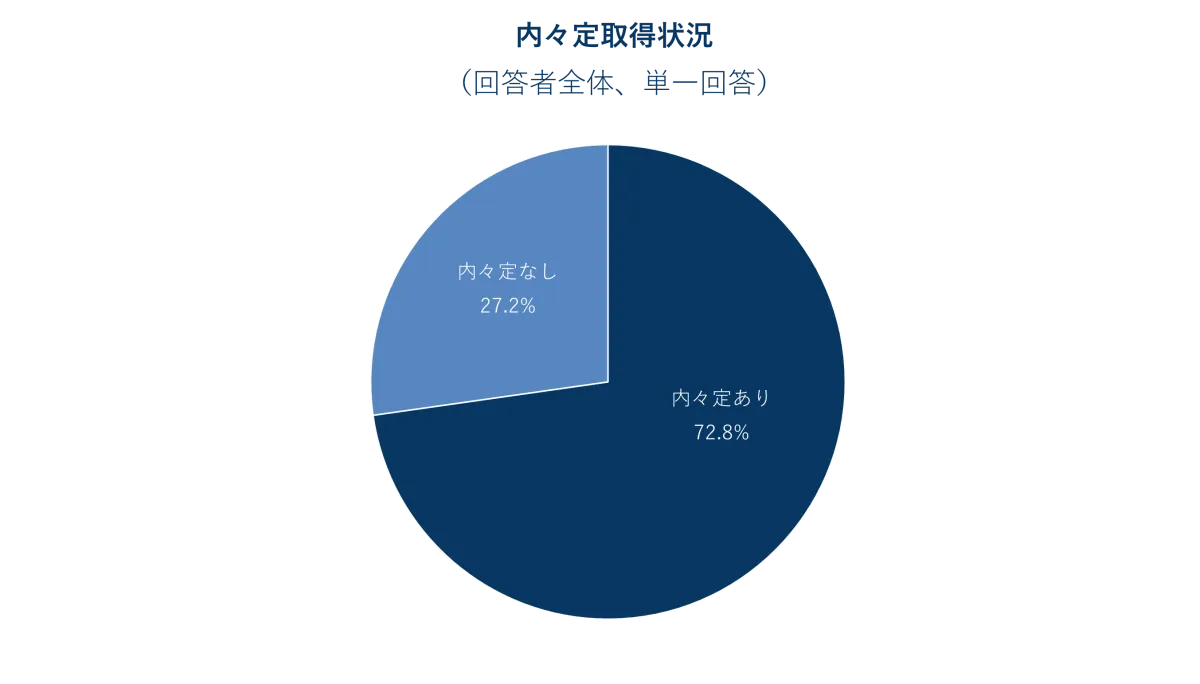
Insights from Gaishi Shukatsu Dot Com's Job Hunting Survey for 2026 Graduates
Gaishi Shukatsu Dot Com's Survey Insights for 2026 Graduates
The ambitious career platform, Gaishi Shukatsu Dot Com, aims to cultivate talent for global challenges and create a better future. Operating under How Television Inc. in Minato-ku, Tokyo, the platform recently conducted a detailed survey targeting its user base of 2026 graduates to understand their job-hunting attitudes as of March 2025. With a total of 382 valid responses collected, the survey reveals some insightful trends regarding early employment offers and preferences among elite students.
Key Findings from the Survey
Out of the respondents, roughly 60% hail from prestigious institutions such as the University of Tokyo, Kyoto University, Waseda University, Keio University, Hitotsubashi University, and Tokyo University of Science. When expanding the participant pool to include top regional universities, the percentage rises to an impressive 80%. The findings indicate that in a time where job hunting is becoming increasingly earlier, the acceptance rate of informal job offers (informally agreed-upon job placements) among 2026 graduates stands at over 70%, reflecting a supportive environment for students trying to secure positions early in their careers.
Informal Offer Acquisition
As of March 2025, more than 70% of respondents reported receiving at least one informal job offer. This statistic reflects the strong hiring interest among companies and suggests that early acquisition of such offers remains feasible for students. Approximately 20% of those who received offers secured four or more.
Job Hunting Progress
Around one in three respondents indicated that they had already concluded their job search, while nearly half of the informal offer holders reported terminating their job search efforts. This showcases a divergent approach among students, with a portion concluding their searches while others choose to continue exploring opportunities.
Internship Participation
A significant majority—about 90%—engaged in internships, though over half participated in five or fewer. This trend suggests that students are selective in their program choices, prioritizing quality over quantity in internship applications.
Entry Sheet Submissions
Among those who received informal job offers, over 30% submitted applications to 16 or more companies, while about a quarter submitted to five or fewer. This variation illustrates a significant disparity in activity levels between students during their job searches. Notably, the average tally indicates that over 60% of the companies were known to students prior to their job hunting process.
Interviews Conducted
Among informal offer recipients, over 30% interviewed with more than ten companies, indicating a proactive approach to interviews. However, a notable number—over 20%—interviewed with only one to three firms, hinting at differing strategies among candidates.
Decision-Making Factors
When it comes to selecting potential employers, nearly 30% of the informal offer holders prioritized salary and benefits, making these criteria the most significant factors. However, when combined with aspects like job satisfaction and the nature of work, nearly 40% highlighted these dimensions as crucial in their decision-making process.
Preferred Industries
The most favored industry among respondents remains the consulting and think tank sector, reflecting both a high popularity and a potentially early selection period influencing student choices. Furthermore, more than 70% of those who received offers indicated that their target industry aligned with their early aspirations, showcasing consistency in students’ career goals as they progress through school.
Changes in Target Industries
The primary reason for students shifting their initial industry choices was found to be internships, highlighting the value of practical experience in shaping careers. Interestingly, only about 10% attributed changes to media or social media information.
Ranking Preferences Over Time
Examining the timing of preference establishment, it becomes clear that the percentage of students who had fixed their priority companies rose significantly from March of their second year to September of their third year, with over 80% of students solidifying their rankings by December of their third year.
Initial Salary Expectations
Regarding desired starting salaries, around 40% expressed a preference for ¥4 million, while over 30% aimed for salaries exceeding ¥5 million. Conversely, a marginal percentage indicated that they were indifferent about their initial earnings.
Conclusion
This survey emphasizes the evolving landscape of job hunting for upcoming graduates. As companies demonstrate heightened hiring interest and students respond by mobilizing early, understanding these trends can aid both students and employers in navigating the future labor market effectively.
The results of this survey shed light on the proactive strategies adopted by elite students and their expectations, providing critical insight for organizations looking to attract young talent.
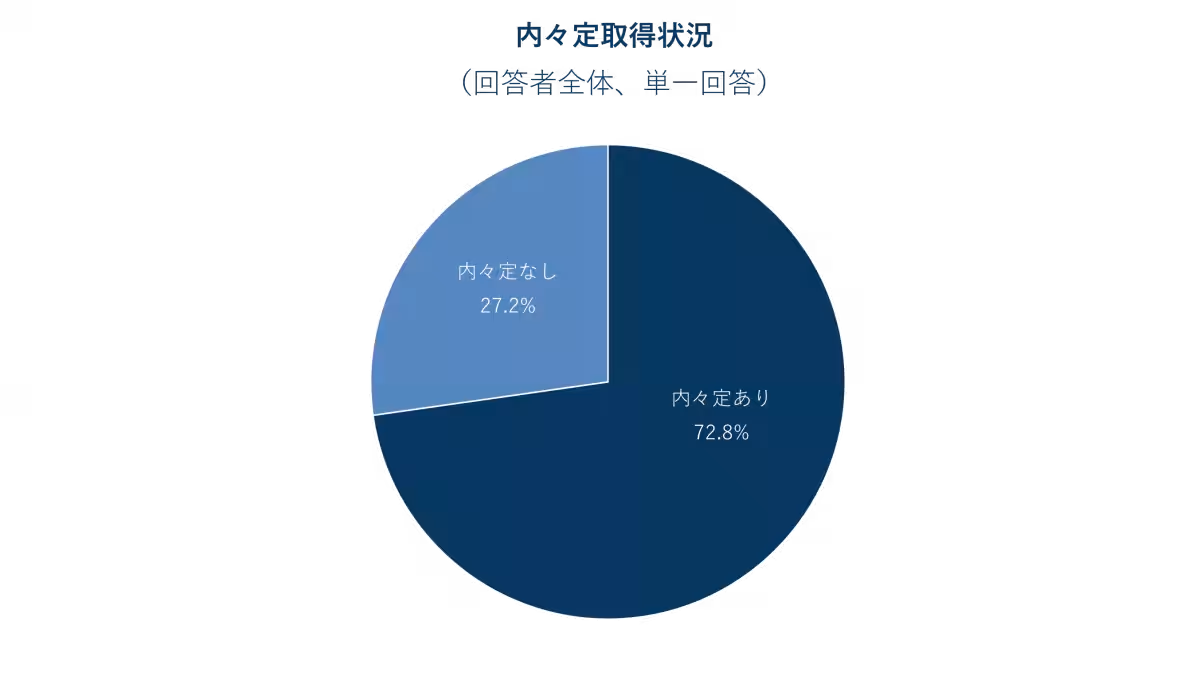
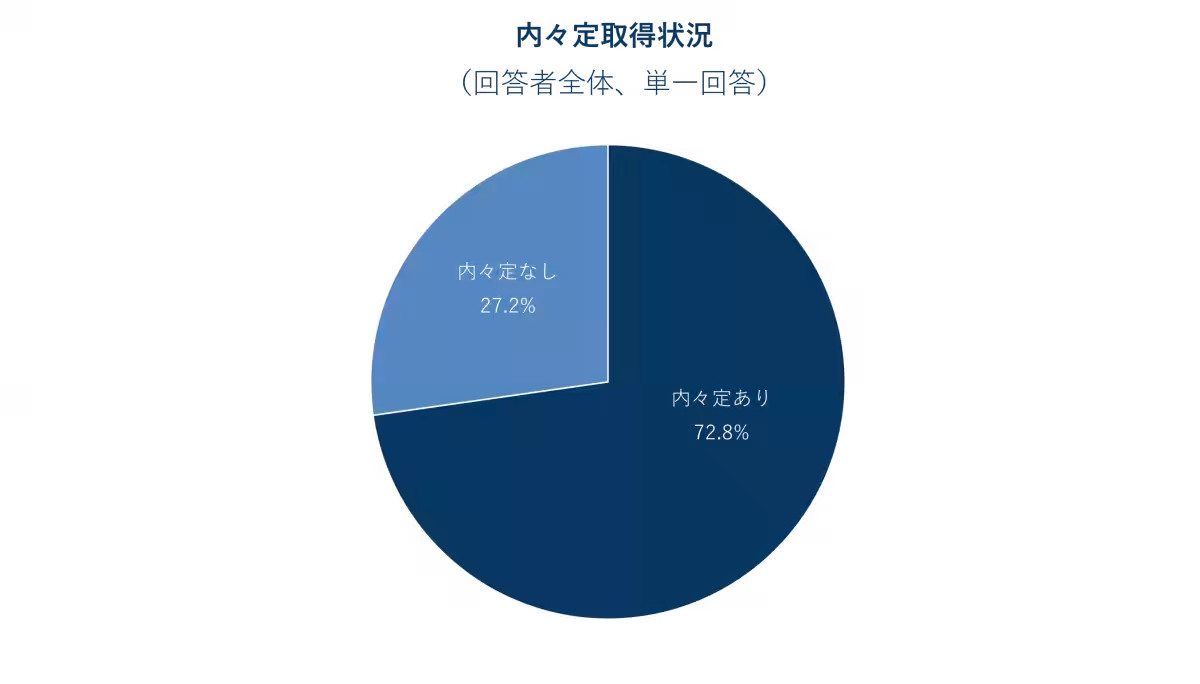
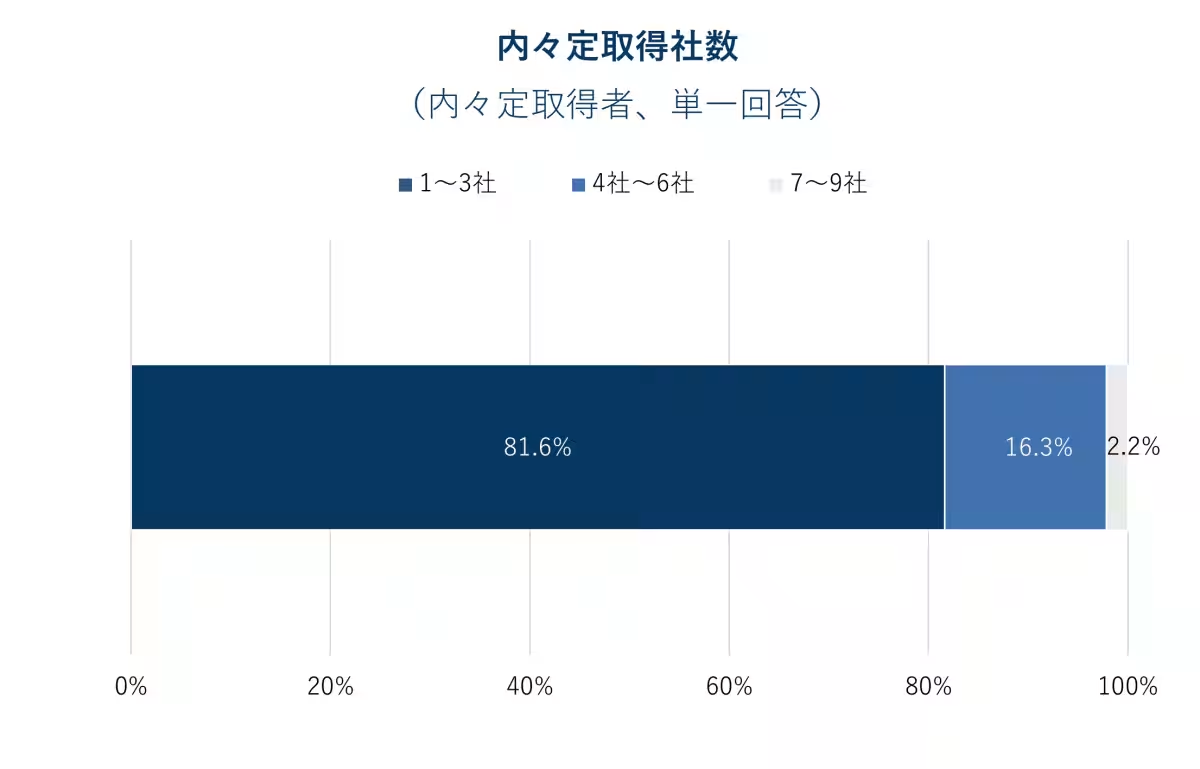
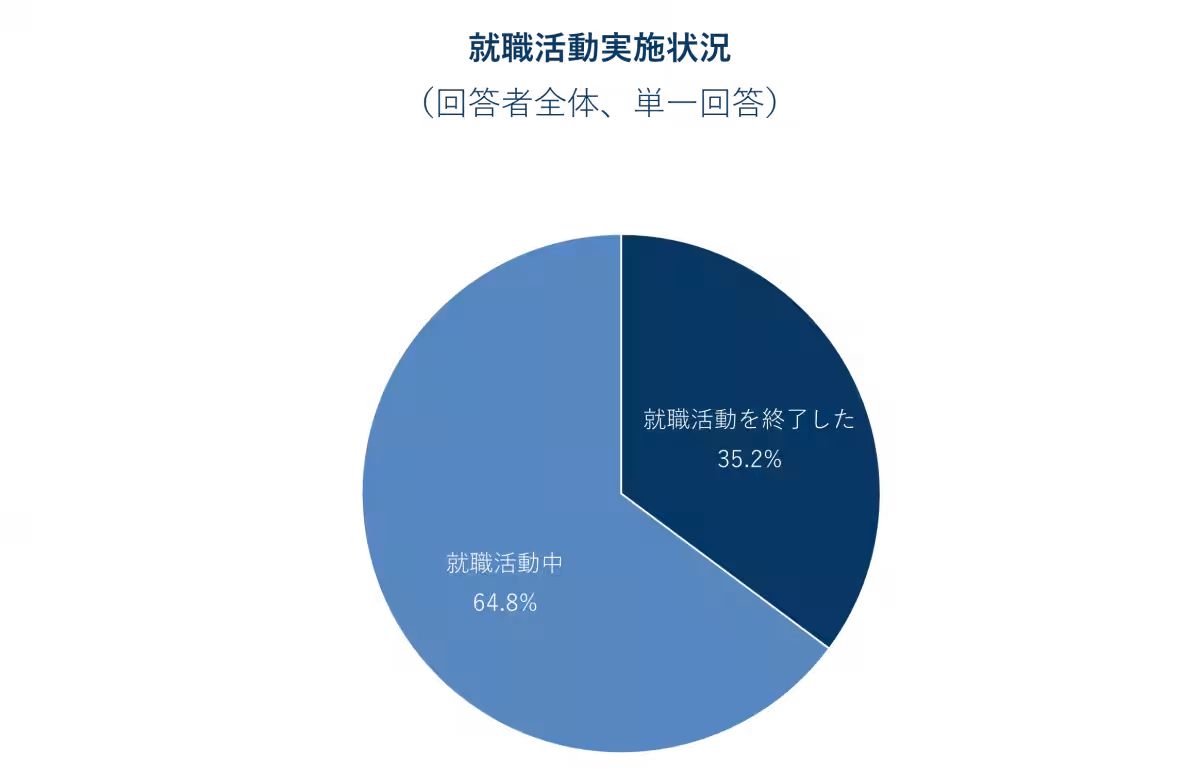
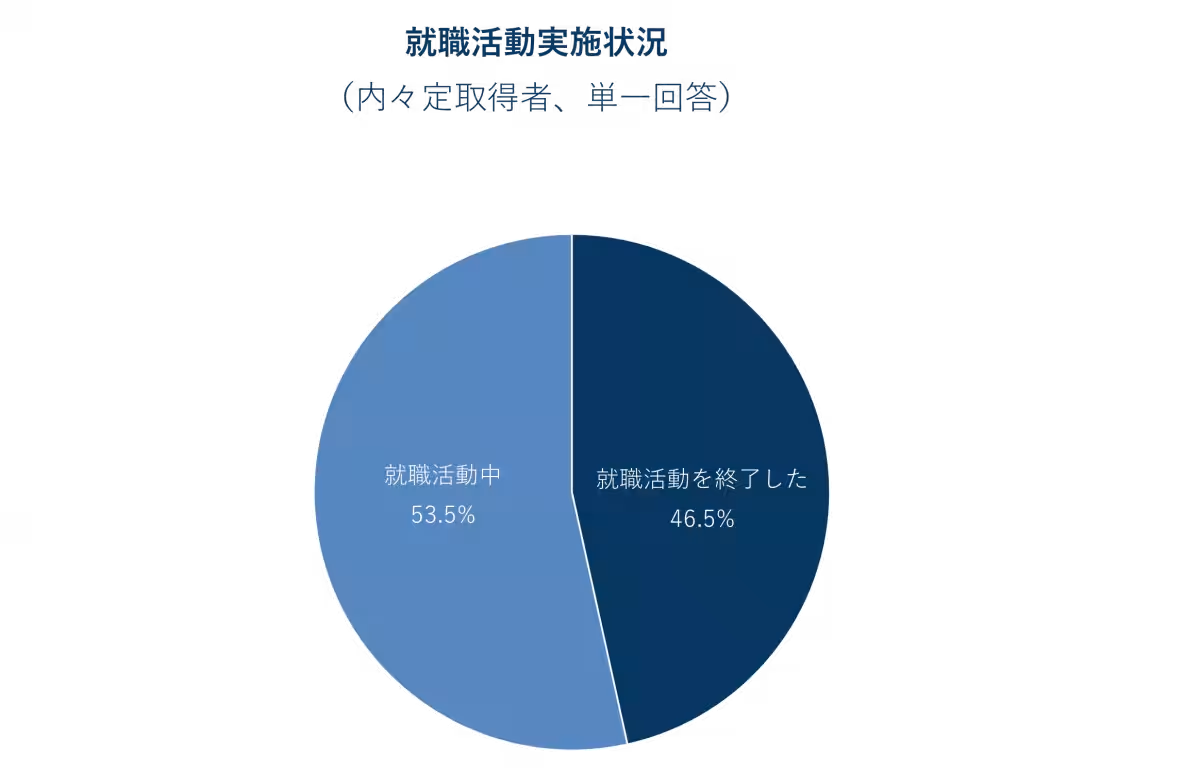
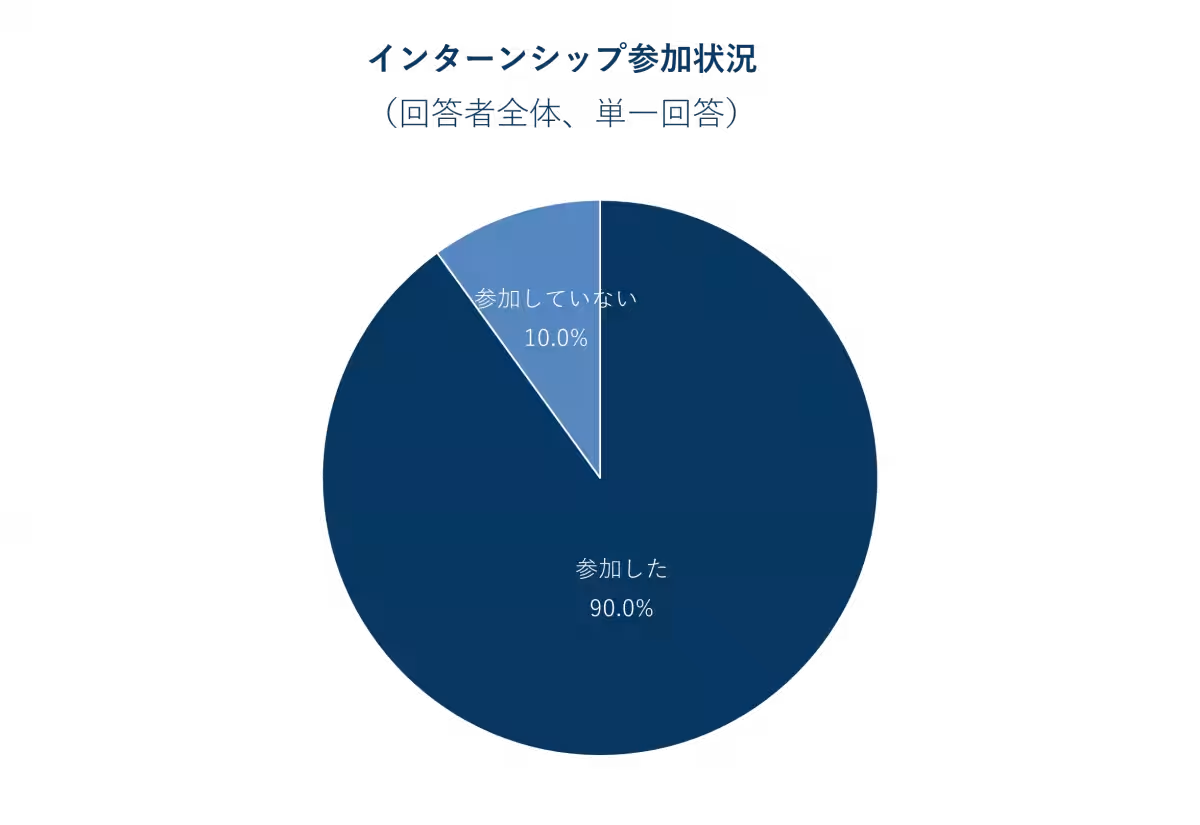
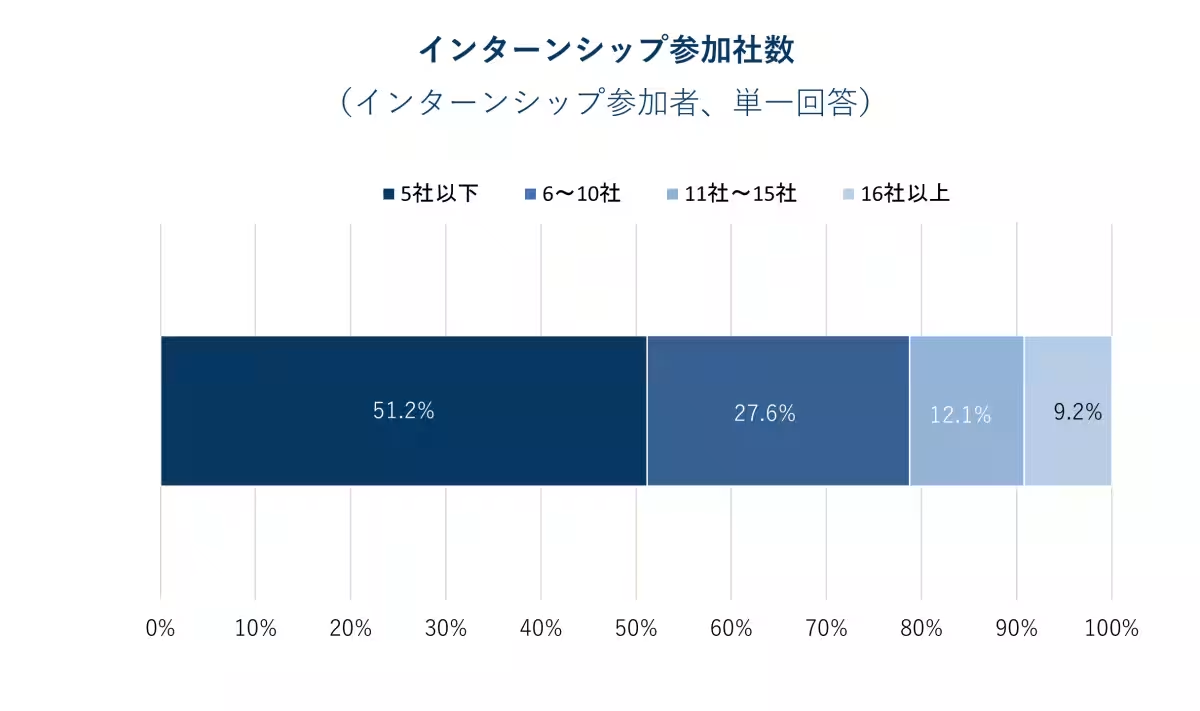
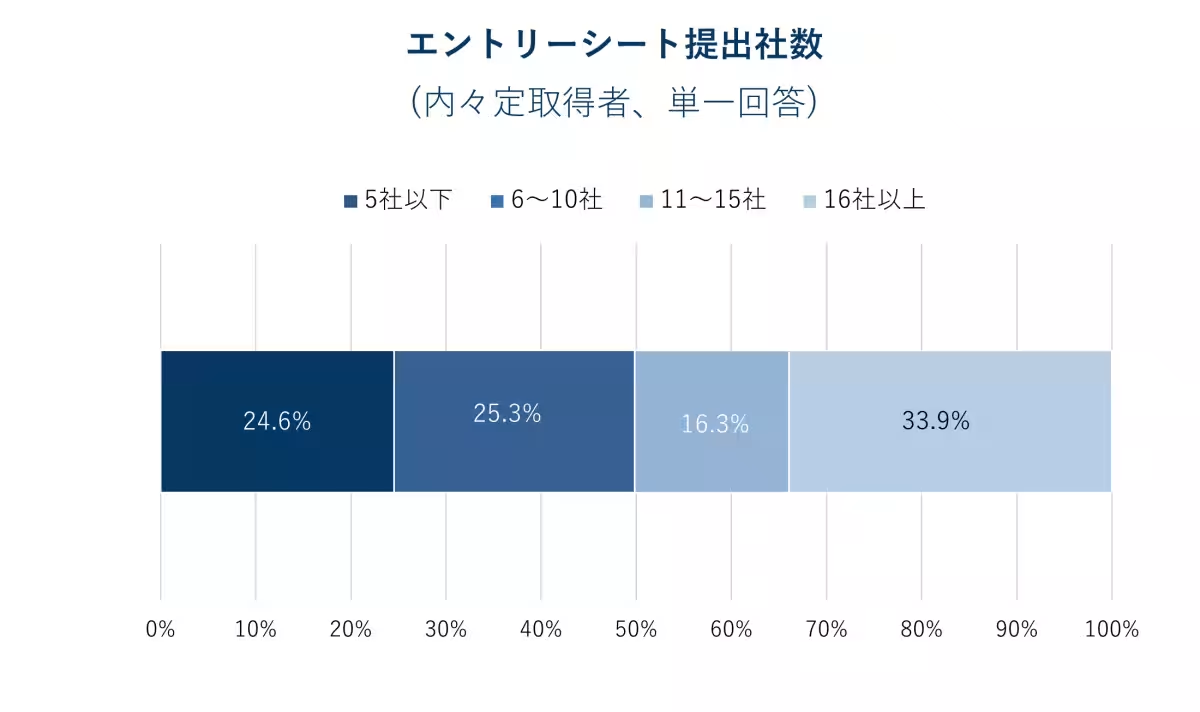
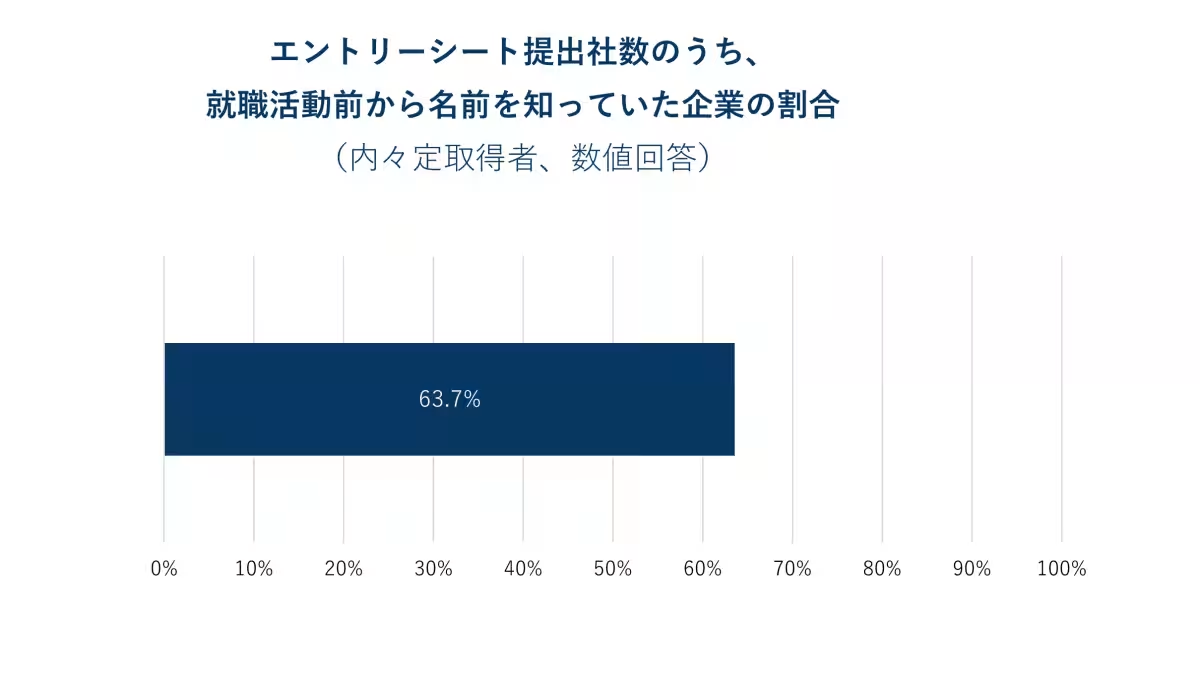
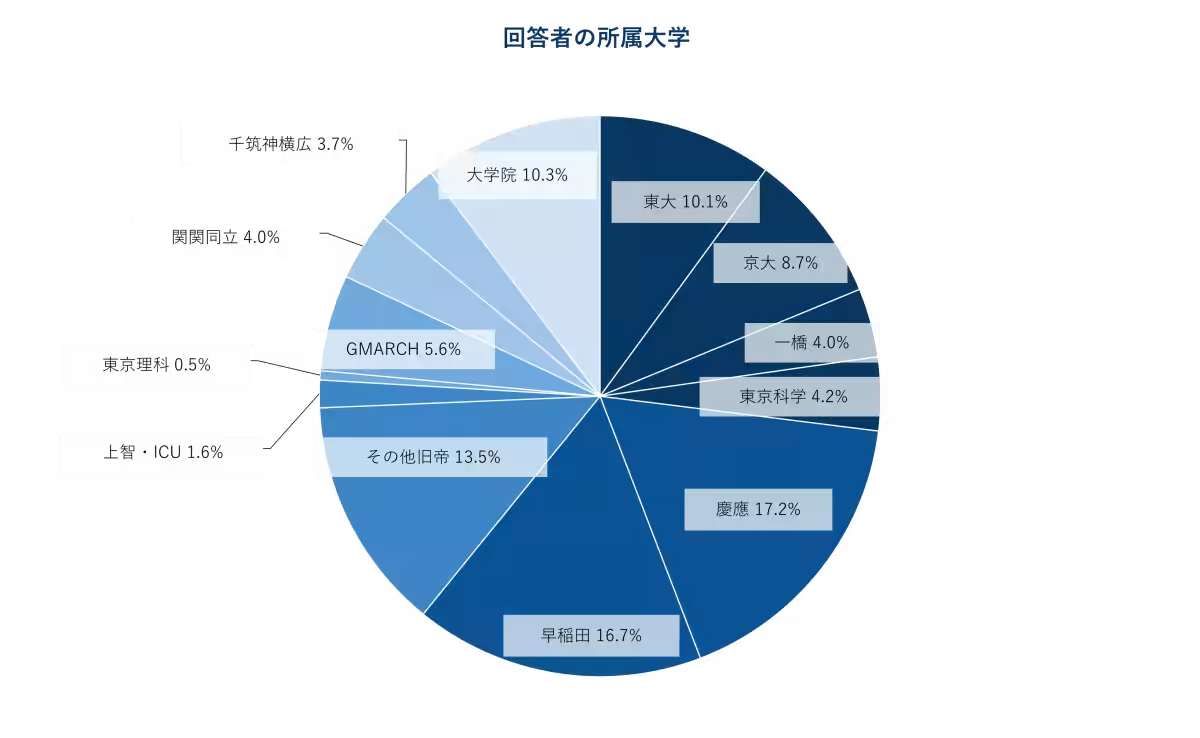
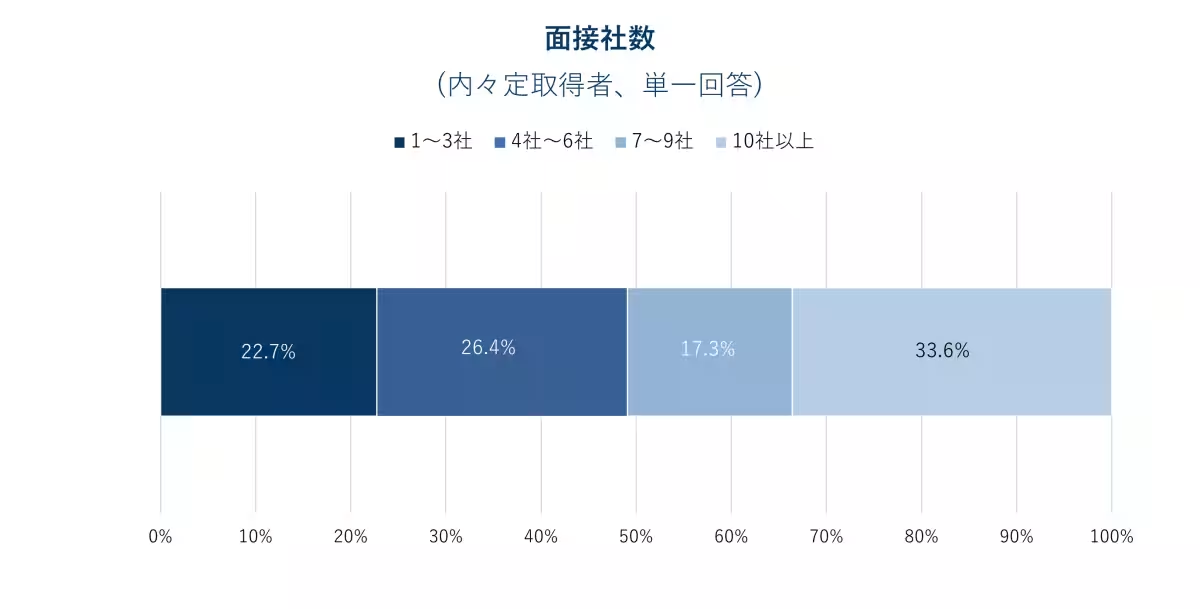
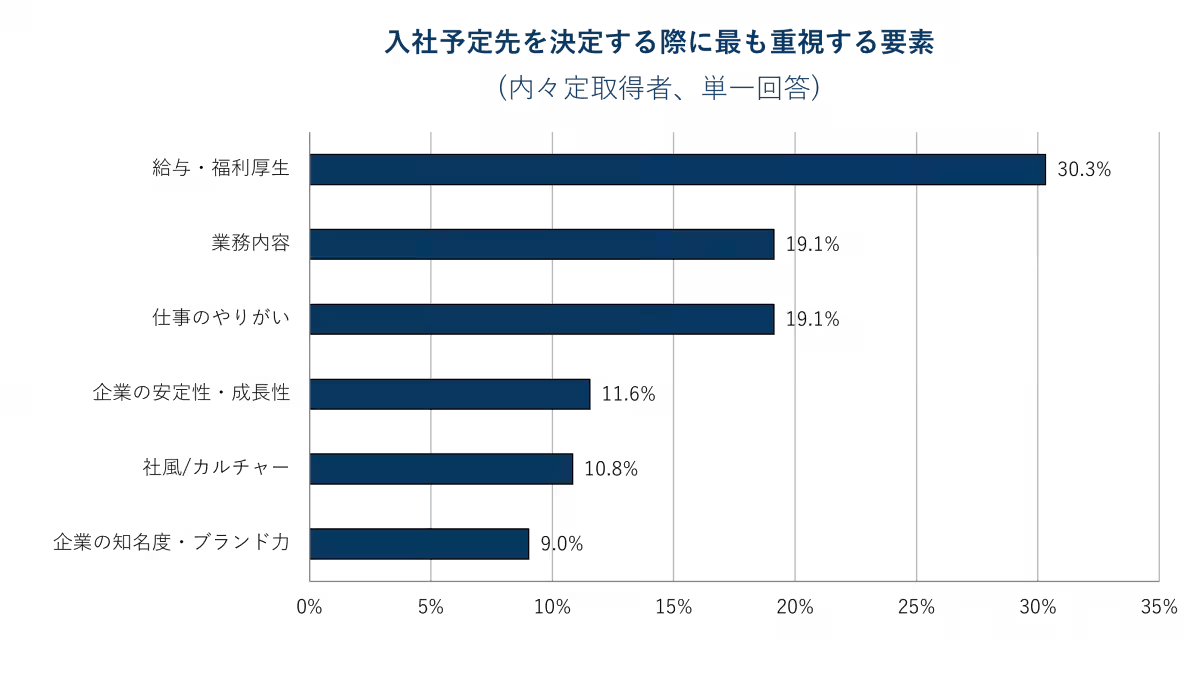
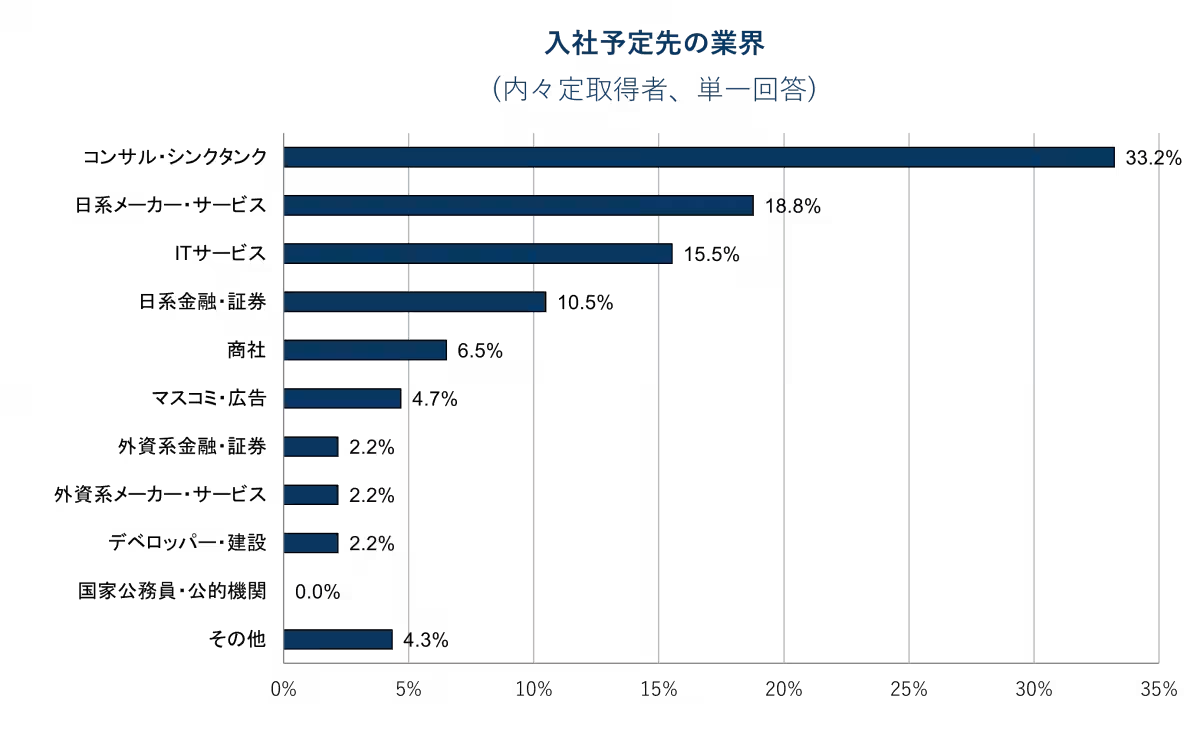
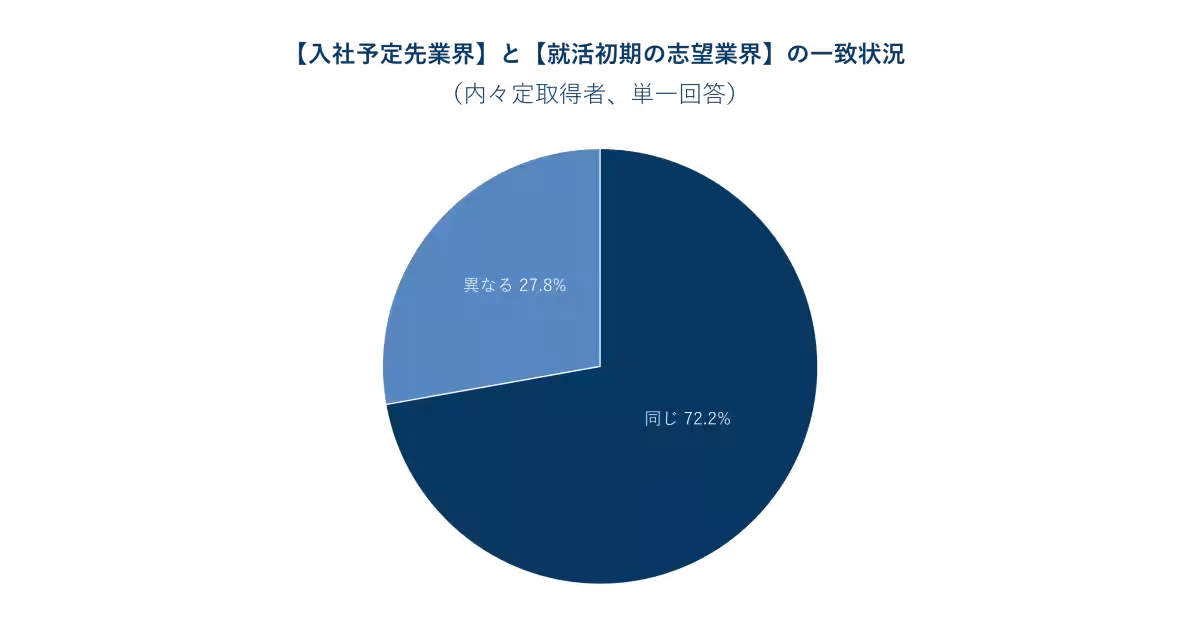
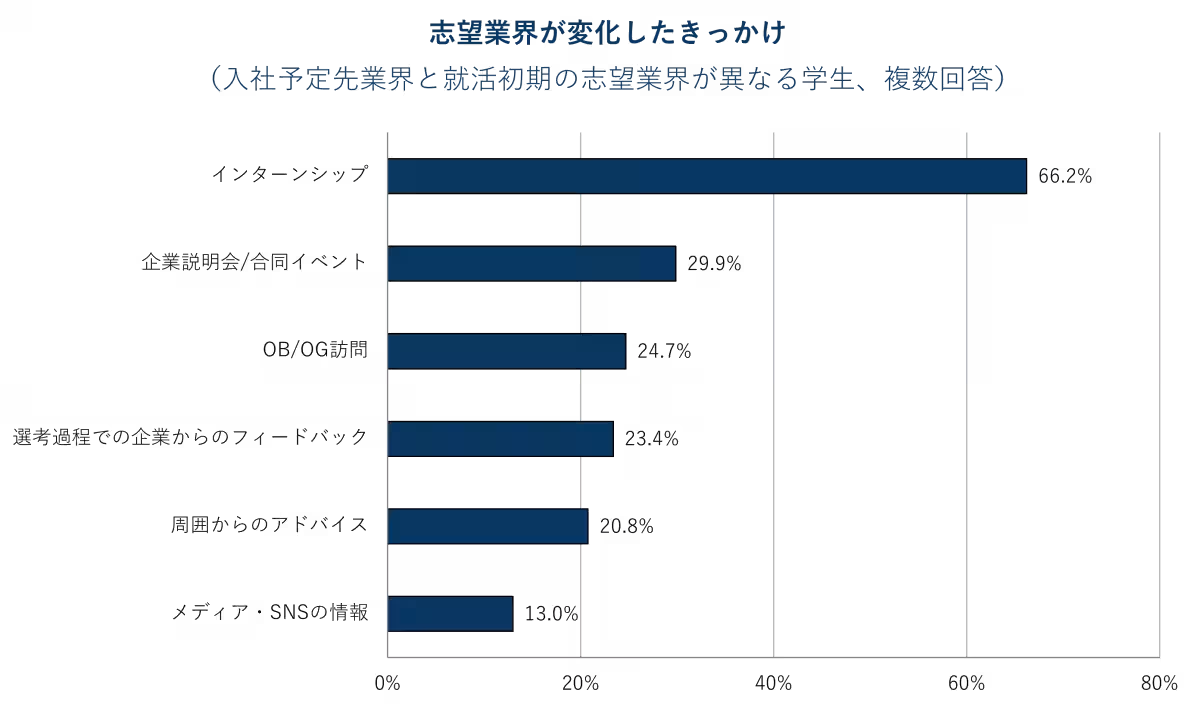
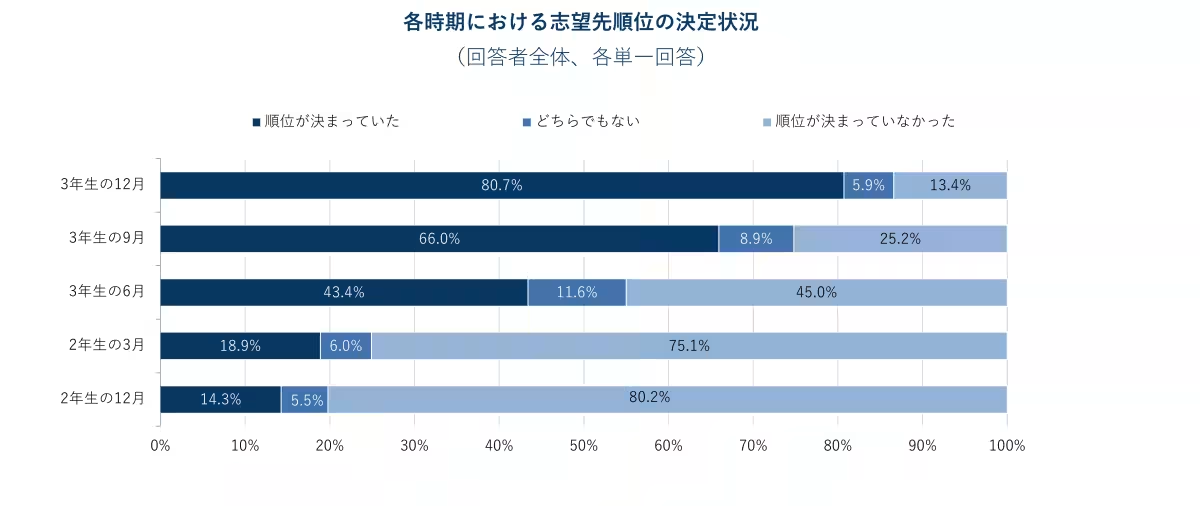
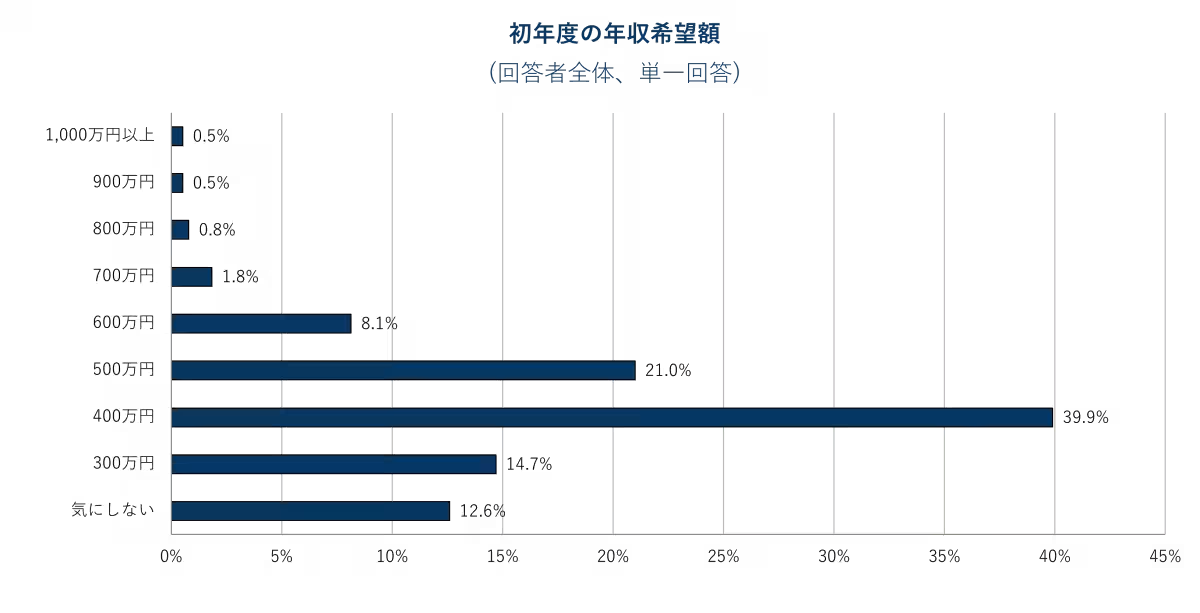
Topics Consumer Technology)








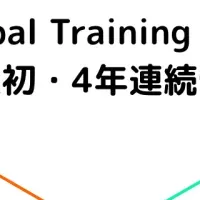
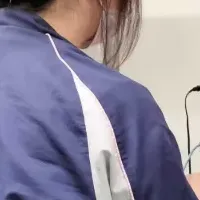
【About Using Articles】
You can freely use the title and article content by linking to the page where the article is posted.
※ Images cannot be used.
【About Links】
Links are free to use.